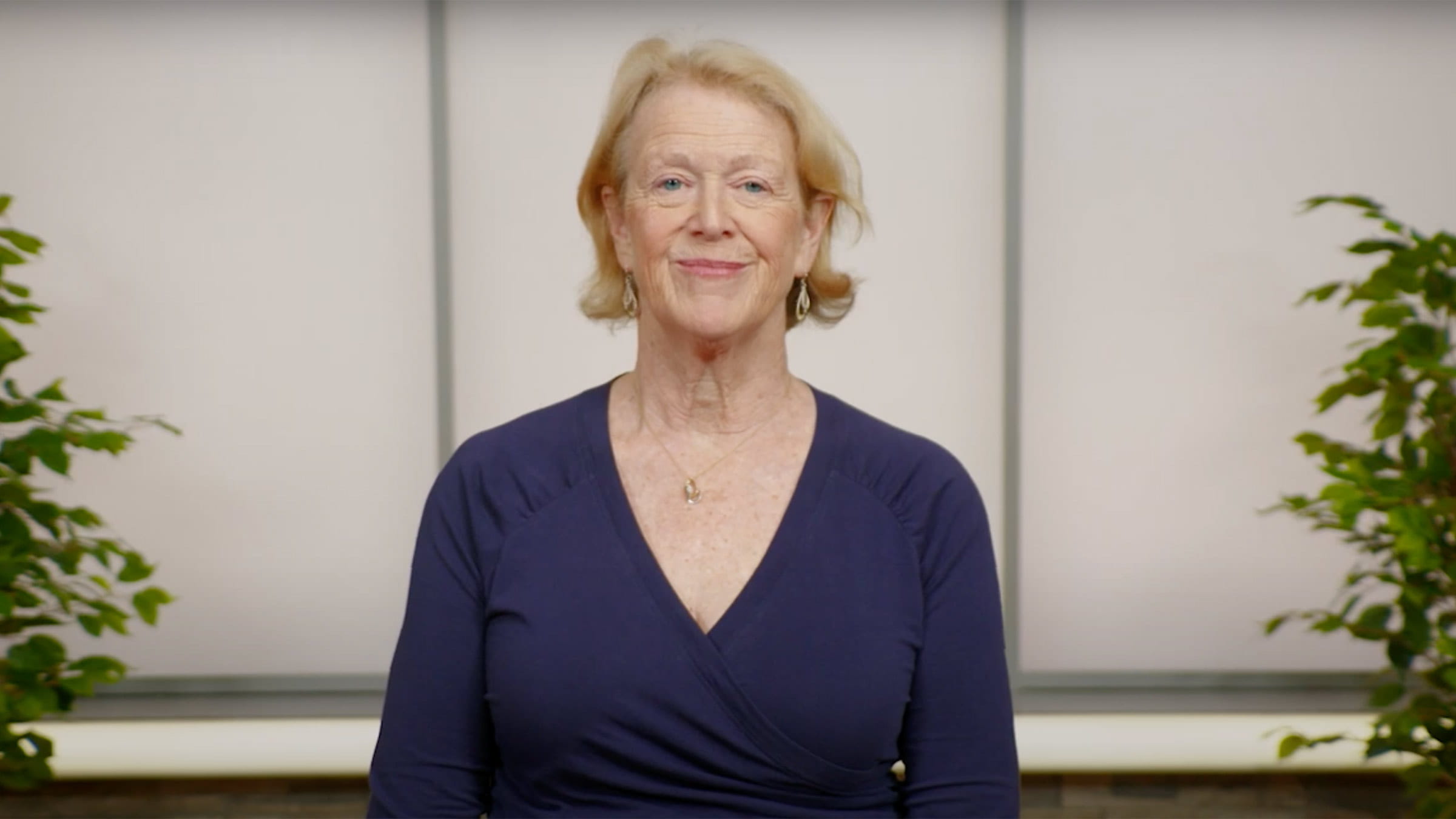
Breathing is a remote control for the brain.
That’s something I tell participants in the Mindfulness in Motion program I’ve led since 2004 to remind them of the power of breathing techniques when we’re trying to quickly reduce stress and anxiety.
We have scientific evidence of the ties between controlled breathing and cognitive functions. And while breathing techniques are just one of many tools we can use to combat the effects of stress on our bodies, they’re effective and easy to learn.
The connection between breathing and fight-or-flight responses
Breathing is one of the only functions of our autonomic nervous system that we can easily control. Many of this system’s functions are involuntary — for example, we don’t have much control over the dilation of our pupils or how much we sweat. But we can slow or speed the pace of our breathing, even though breathing continues involuntarily when we’re not thinking about it.
The autonomic nervous system is made up of two parts: the parasympathetic system and the sympathetic system. The parasympathetic nervous system controls the body at rest, with functions like digesting food. The sympathetic nervous system controls many of the body’s responses to what it perceives as danger — the fight-or-flight response that can release adrenaline, cause muscles to tense up and increase heart rate.
Slow, steady breathing helps activate that calming, parasympathetic nervous system, slowing the heart rate and reducing feelings of anxiety and stress.
Think about how anxiety-inducing it is when you can’t get your breath. Anyone with asthma especially knows what that feels like. This happens on a smaller scale, too, when you’re not breathing slowly or deeply enough.
How to get started with breathing to reduce stress
We want to focus on what’s called diaphragmatic breath, in which we feel our diaphragm moving downward as our lungs fully fill with air. We also want to allow our bellies to come forward (belly breathing).
In the video below, I show how this works and how to begin:
When we talk about “mindfulness,” we’re referring to a practice of active awareness similar to what I describe in this video — being aware of the temperature of the room and your body, for example, and feeling how your body changes as your lungs fill with air.
Quick fix: 4-7-8
Sometimes when you’re feeling stress creeping into your body, it can be difficult to step back to fully engage in a mindfulness activity, especially if it’s not yet part of your everyday habit.
A quick way to bring on the relaxation response is to use the 4-7-8 breath:
- Breathe in slowly through your nose for a count of four
- Gently hold that breath for a count of seven, or as long as it’s comfortable
- Slowly release the breath for a count of eight through your mouth
- Repeat these steps three times (in three sets)
This trick can often quickly interrupt anxiety thinking, calming your body and mind.
Other quick tips for mindful breathing
- Try making your exhales twice as long as your inhales
- If you’re able, inhale through the nose and exhale through the mouth
Why inhaling through your nose is better than mouth-breathing alone
We know that nasal inhalation brings more oxygen into the body, and more oxygen means improved blood flow, heart rate and other healthy bodily functions.
Nasal breathing also helps coordinate electrical brain signals in the olfactory (smell) cortex, which is especially tied to the areas of the brain responsible for memory and emotions. Even without certain smells, we’ve seen that inhaling through the nose can affect our emotions, so slow, steady nasal breathing can have an especially calming effect.
When you’re ready to expand your breathing practice
Mindful breathing can be as simple as taking a few minutes to pay attention to breathing in through your nose and out through your mouth in a deep, steady rhythm. But if you’d like to strengthen those mindfulness muscles and habits even more, try some of the free recordings and other resources from Ohio State Integrative Medicine.

Integrative health helps heal the whole person
Learn more about our programs and schedule an appointment.
Learn more





